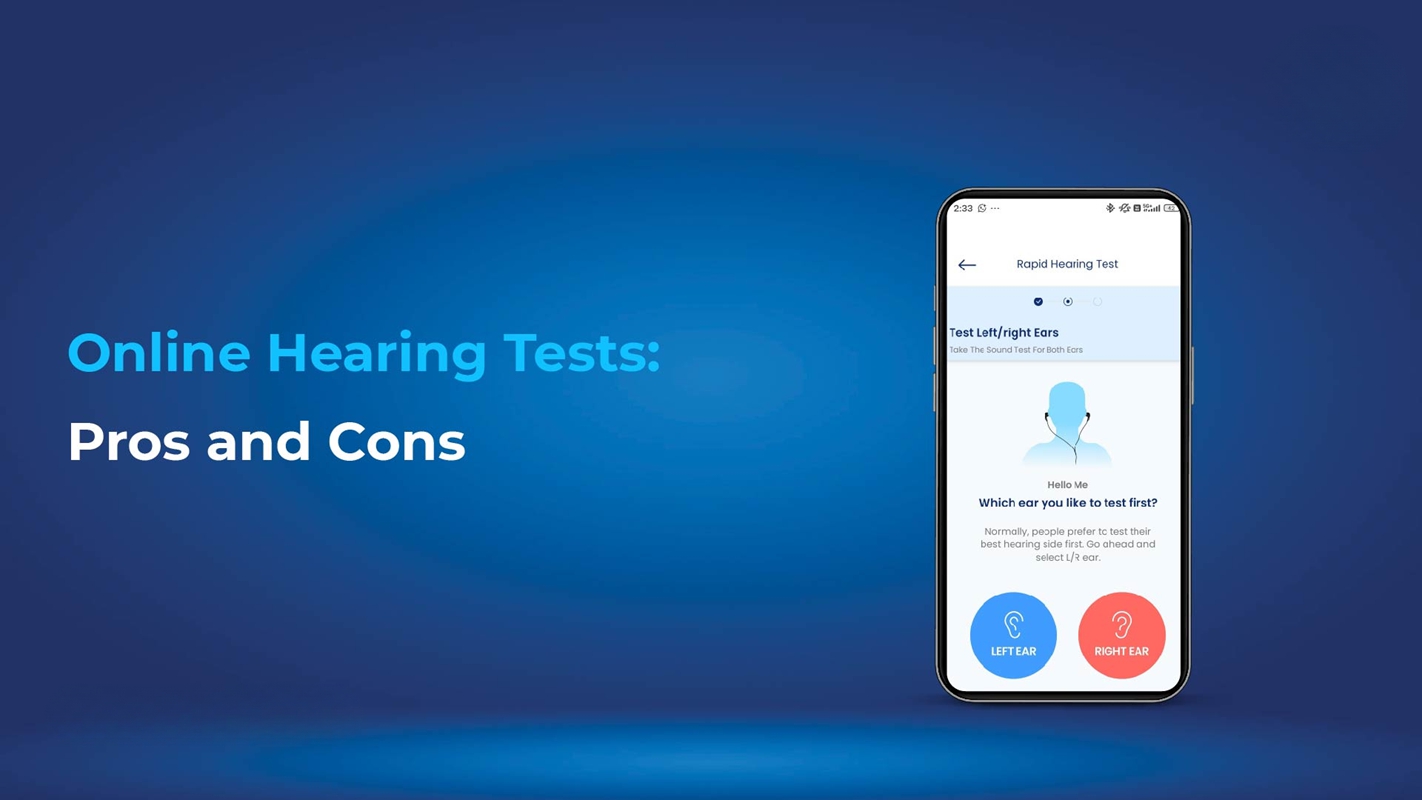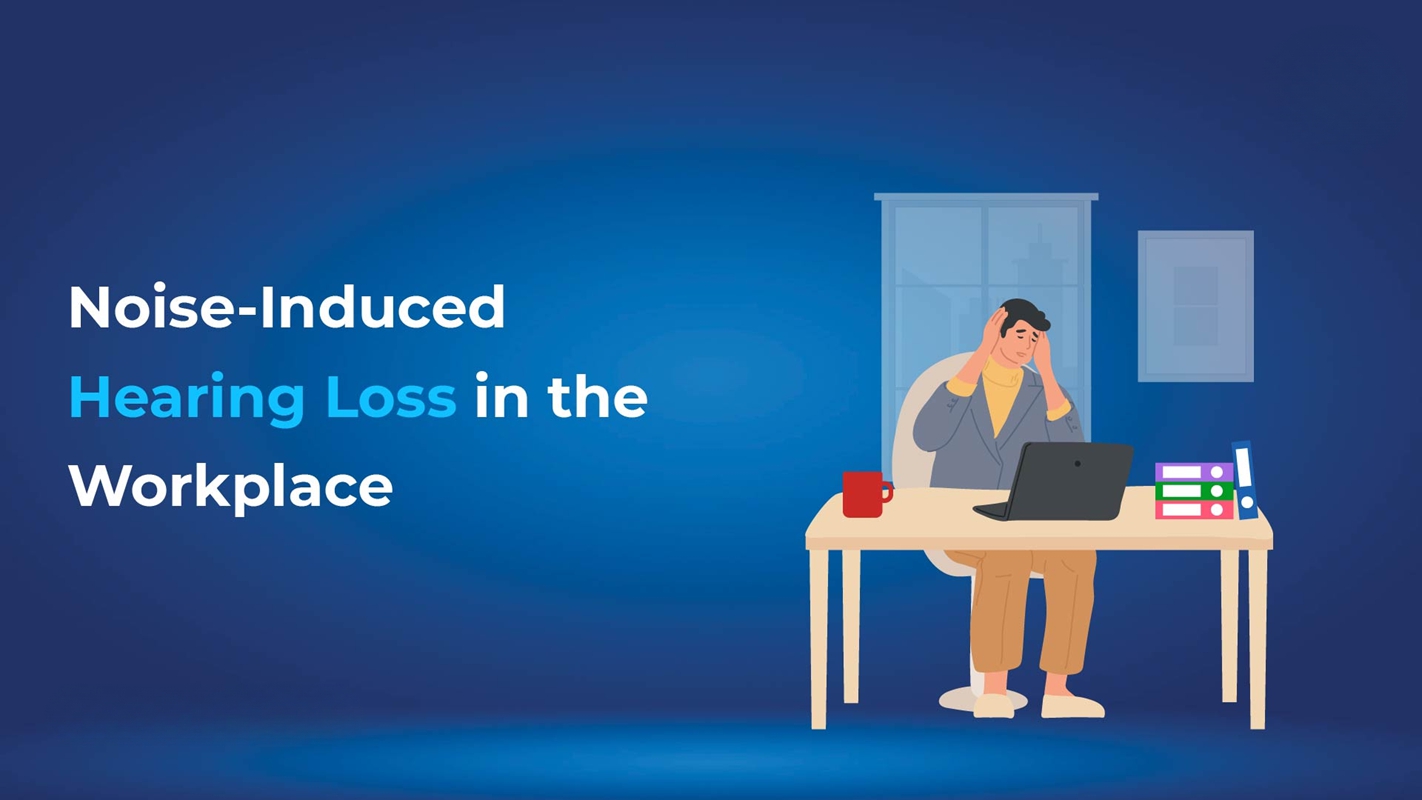Hearing loss can happen to anyone and is often missed in the beginning. You might be missing out on conversations, sounds, or even everyday alerts. This guide will walk you through how to check hearing loss in simple ways, explain the types of hearing loss, and help you know when to seek professional help.
Signs That You May Have Hearing Loss
It’s not always obvious when your hearing begins to fade. Here are some signs that may suggest you need a hearing check:
- Asking others to repeat themselves often.
- Difficulty understanding speech, especially in crowds.
- Turning the TV or radio volume higher than others prefer.
- People who think are mumbling or not speaking clearly.
- Feeling tired or stressed after trying to listen.
These symptoms may relate to different types of hearing loss, such as high-frequency hearing loss or conductive hearing loss, depending on which sounds you struggle to hear.
Step-by-Step Ways to Check Hearing Loss at Home
You don’t always need to visit a doctor right away. Try these basic at-home methods first.
The Whisper Test
Ask someone to stand behind you at about 6 feet. Close one ear and have them whisper simple words or numbers. Repeat what you hear. Switch ears and try again. If one ear hears better than the other, it may indicate low-frequency hearing loss or another type.
Mobile Hearing Test Apps
There are many hearing test apps available, such as:
- Mimi Hearing Test
- Hearing Test by e-audiologia
- SoundCheck Hearing Test
These apps use tones of different frequencies to check how well you hear across the range, including high-frequency hearing loss, which affects your ability to hear sharp sounds like birds or doorbells.
Understanding the Different Types of Hearing Loss
Knowing the types of hearing loss can help you understand what’s going wrong and how to manage it.
Type | Description | Possible Causes |
Conductive hearing loss | Happens when something blocks or harms the outer or middle part of the ear. | Earwax, fluid, or ear infection. |
Sensorineural hearing loss | Occurs if the inner ear or the hearing nerve isn’t working properly. | Ageing, loud noise, or genetics. |
Mixed hearing loss | A combination of conductive and sensorial. | Chronic ear problems or injury. |
For example, if you experience muffled hearing after a cold or swimming, it could be conductive hearing loss, which is often temporary and treatable.
Check for Specific Frequency Problems
Not all hearing loss is the same. While some people can’t hear sharp sounds clearly, others may not catch deeper ones.
High-Frequency Hearing Loss
This is one of the most common types, especially with age or noise exposure. You may struggle to hear:
- Children’s voices
- Words with “s,” “f,” or “th” sounds
- Doorbells or birds chirping.
Low-Frequency Hearing Loss
Less common but equally troubling, it can affect your ability to hear deep sounds like:
- Thunder
- Bass in music
- Male voices
Both frequency-related issues fall under different types of hearing loss and need special testing to confirm.
Professional Hearing Tests: What to Expect
Home tests are helpful, but professional testing gives more accurate results. What Happens During a Hearing Test with an Audiologist:
- Pure Tone Audiometry: You’ll wear a pair of headphones and listen to sounds at different pitches and loudness levels. Every time you hear a sound, you’ll press a button. This test helps find out if you have hearing loss, including issues like low-frequency hearing loss and other types.
- Speech Recognition Test: This checks how well you understand spoken words at different sound levels. It’s especially helpful when different types of hearing loss are suspected.
- Tympanometry: This quick test checks your middle ear. It can reveal issues like fluid or a hole in your eardrum.
- Bone Conduction Test: This bypasses your outer and middle ear, helping the audiologist identify where the hearing loss starts — an important part of diagnosing the right type.
How to Read Your Hearing Test Results
Hearing Level | Description |
0–25 dB | Normal |
26–40 dB | Mild loss |
41–55 dB | Moderate loss |
56–70 dB | Moderately severe |
71–90 dB | Severe |
91+ dB | Profound |
Can You Prevent Hearing Loss?
In many cases, yes — especially if you’re careful. Here’s how:
- Wear earplugs in loud places such as concerts or construction areas.
- Avoid inserting cotton swabs or sharp objects into your ear.
- Keep headphone volume below 60% and take breaks after every hour.
- Treat ear infections quickly to avoid hearing loss.
Conclsion
We often don’t think about our hearing until it starts to fade. But checking for hearing loss early can help you protect your ears and stay connected with others. Knowing about the different types of hearing loss makes it easier to take the right steps.
















